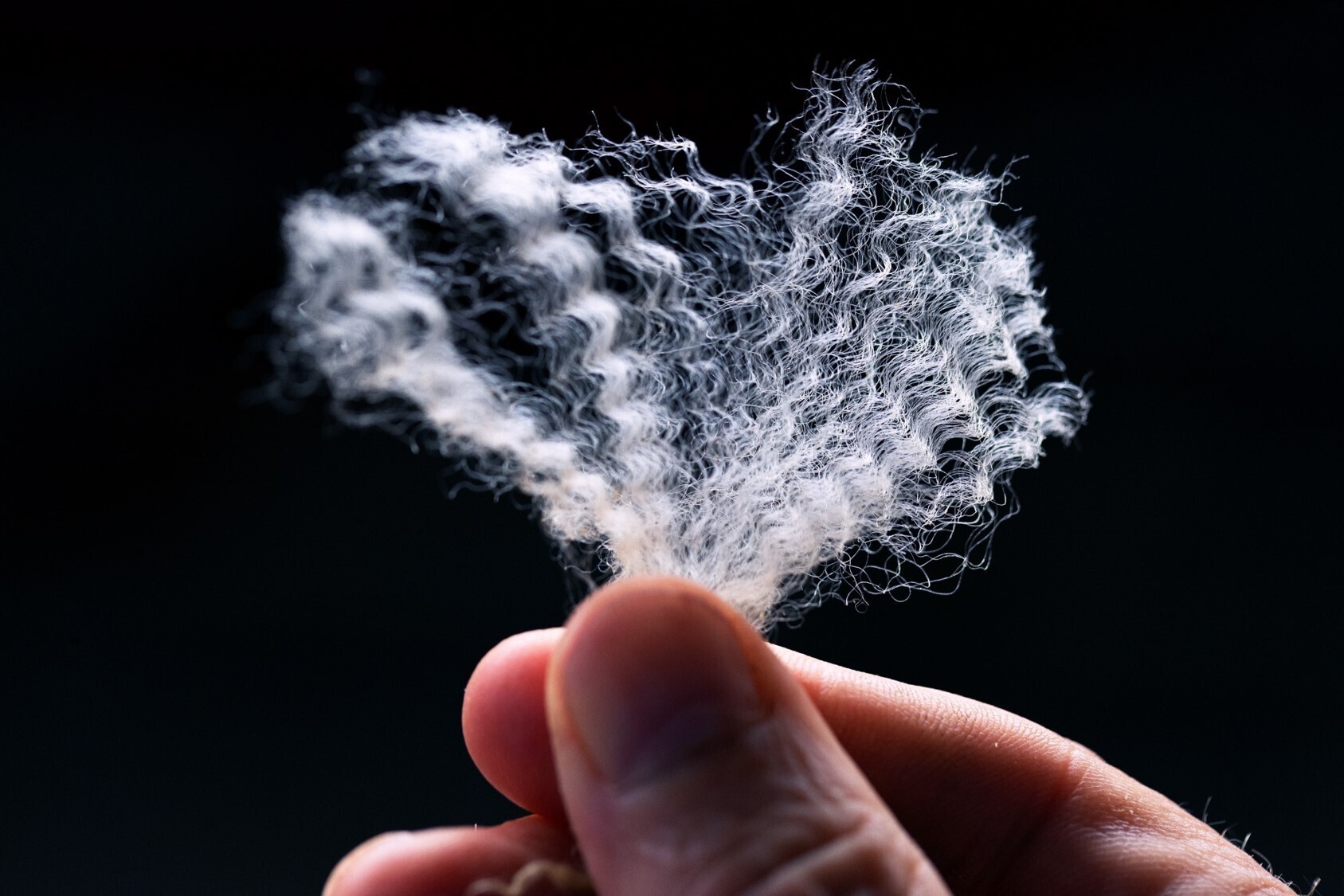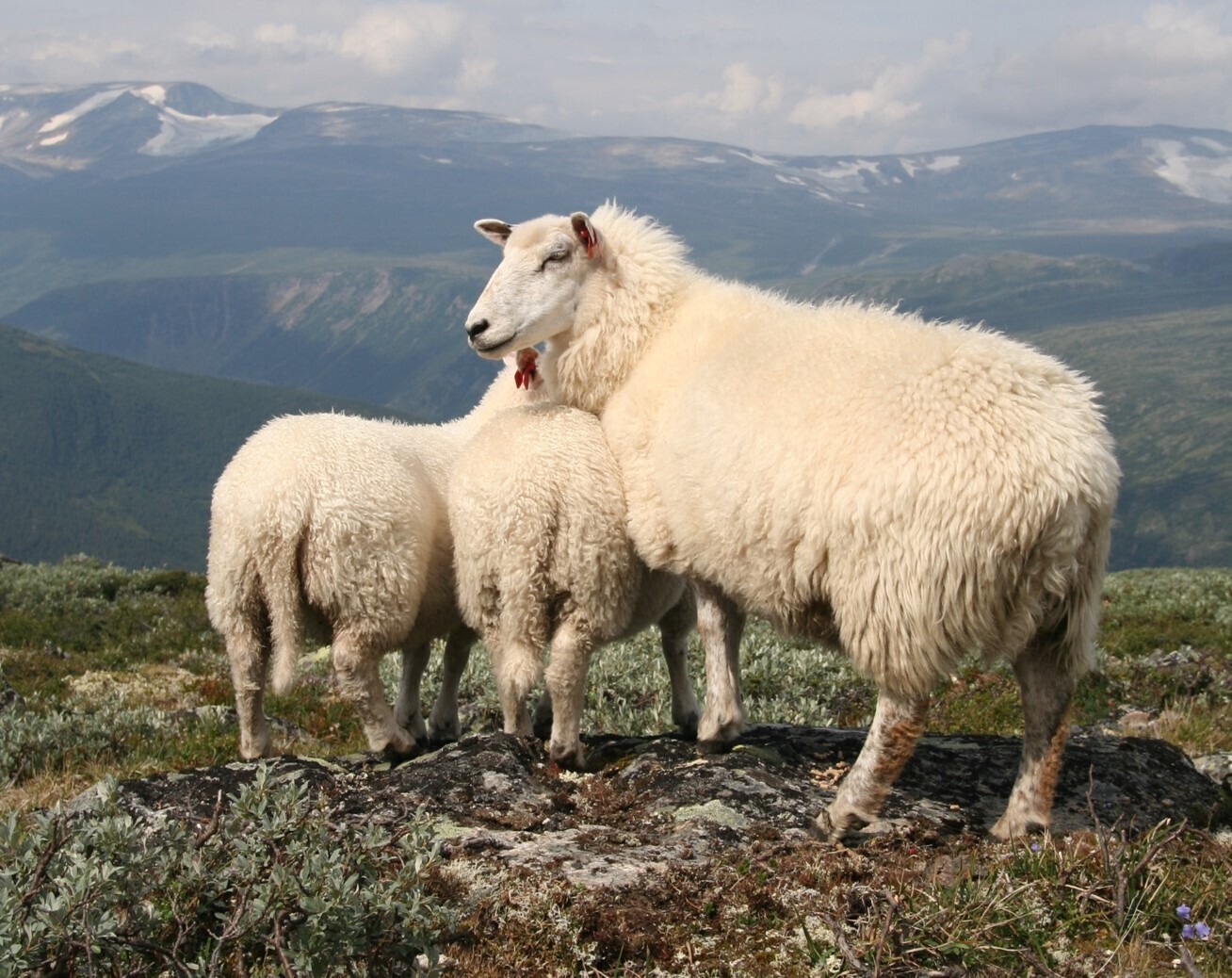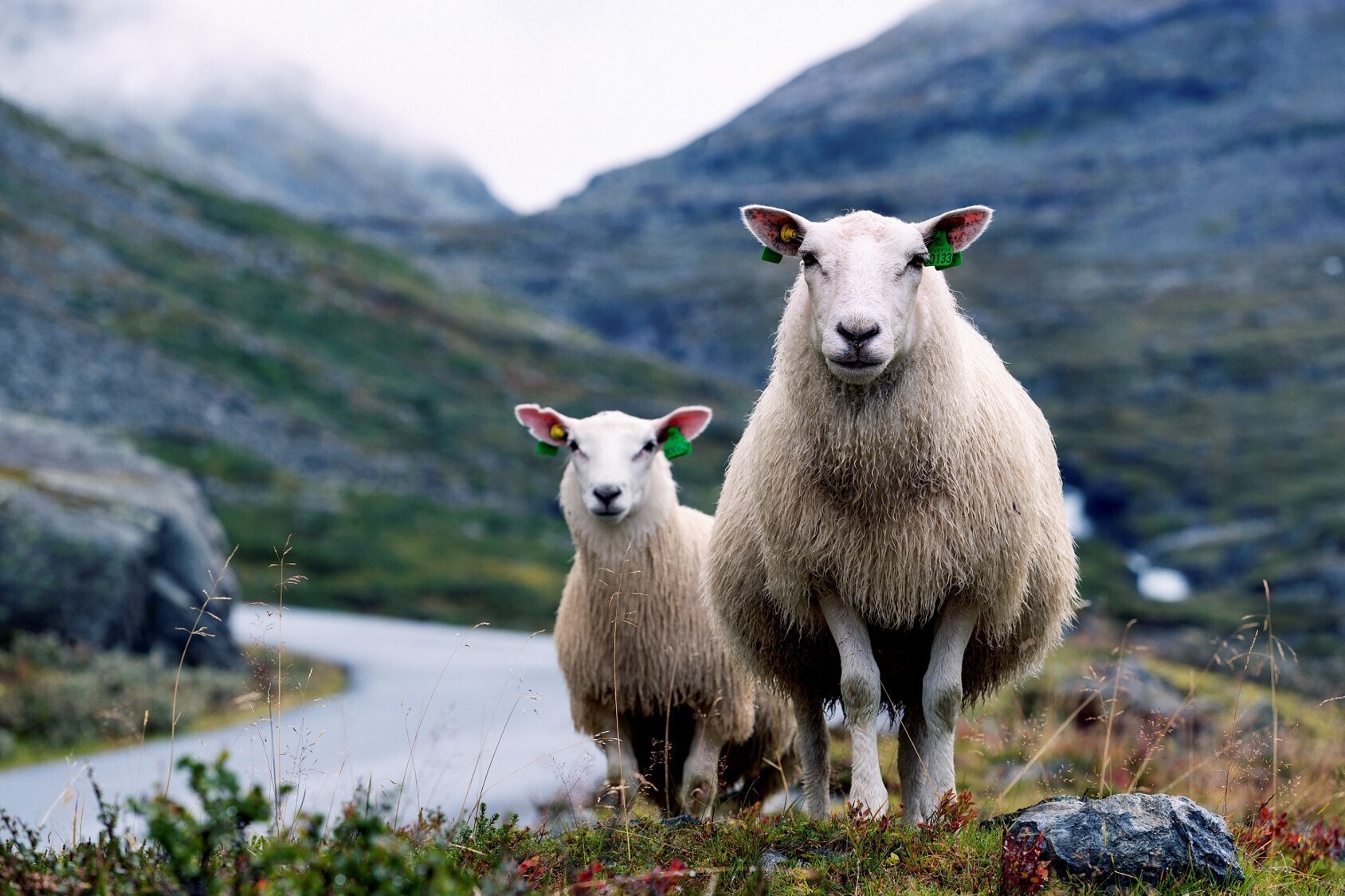Although the world’s environmental and ecological concerns are growing, wool ticks all the right boxes. Wool is natural, renewable, and biodegradable. It has technical properties that no other fibers can match. It is nature’s gift to us all.

Although the world’s environmental and ecological concerns are growing, wool ticks all the right boxes. Wool is natural, renewable, and biodegradable. It has technical properties that no other fibers can match. It is nature’s gift to us all.

Photo: Sune Eriksen
Wool is a complex wonder of nature. It protects the sheep from the vagaries of the weather and the different conditions it has to live in. We have raised sheep for thousands of years, and wool is a wonderful resource, which has been used sustainably by man throughout the ages.
1. 100% natural, renewable, and biodegradable
Wool grows naturally on sheep. Just by consuming a simple blend of water, air, sunshine, and grass, sheep produce a new fleece every year.
Wool decomposes in a matter of years, releasing valuable nitrogen-based nutrients back into the soil. Products that are biodegradable are part of a natural cycle. They come from nature and go back to nature, enriching the soil and nourishing new life.
2. Durability, resilience, and resistance to compression
Each wool fiber is like a coiled spring, making it extremely elastic. Wool fibers can be stretched up to 50% when wet and 30% when dry, but still bounce back to their original shape when released. The coiled spring structure also gives wool its resistance to compression. Wool fibers can be bent back on themselves more than 20,000 times without breaking.
3. Breathability and moisture management
Wool is hygroscopic, meaning it has the ability to absorb moisture. As the humidity of the surrounding air rises and falls, the fiber absorbs and releases water vapor. Wool has the capacity to hold up to 30% of its weight without feeling damp or cold to the touch.
4. Thermal insulation
Wool helps keep you warm when it is cold and cool when it is hot because of its inherent insulation properties. The natural crimp of the wool traps pockets of still air, insulating your skin from cold environments and keeping you warmer. Also, due to its ability to take up moisture, wool maintains a drier microclimate next to skin, keeping the wearer warm and dry.
One the other hand, in warm and dry environments or during activity and exercise, wool keeps you cooler, by transporting moisture vapor and heat away from the skin and allowing it to evaporate.
5. Odor resistance
Wool fibers’ ability to absorb large quantities of water vapor help to keep the skin drier and prevent the build-up of sweat, bacteria, and unpleasant smells. Wool’s complex chemical structure also enables it to absorb and lock away odors, only releasing them upon washing.
6. Easy to clean
The surface of a fiber of wool has a natural protective membrane which acts to repel moisture and is also naturally stain resistant. A wool textile doesn’t conduct static electricity in the way synthetic textiles do. Less static electricity means less dirt!
7. Hypo-allergenic
Wool textiles naturally absorb and filter airborne volatile organic compounds (VOCs), which are unwanted toxins and odors that can cause irritation to humans. Wool textiles bind the allergy-causing substances tightly, reducing those VOCs circulating in the air.
8. Fire resistance
Thanks to its high water and nitrogen content, wool is naturally flame-retardant, and has a far higher ignition threshold than many other fibers. Also, the wool fiber will not melt and stick to the skin causing burns, and it produces less noxious fumes that can cause death in fire situations.
9. Long lifespans and recyclability
Research shows that wool products often have long lifespans, meaning they are used or worn longer than other textile fiber products. Wool textile fibers can be washed less frequently because of their odor resistance, and be washed at lower temperatures, which has a lower impact on the environment. Wool is also one of the most recycled fibers.
10. A natural carbon cycle
Sheep are part of the natural carbon cycle, consuming the organic carbon stored in plants and converting it to meat and wool. Wool is a short-term store of natural, renewable carbon. Pure organic carbon makes up 50% of the weight of wool. While the carbon is stored in wool, there is less carbon in the atmosphere.

Scoured wool from Norilia is accredited the Nordic Swan Ecolabel. Transparancy throughout the value chain and low usage of chemicals are two important reasons making this possible. The Nordic Swan Ecolabel is yet another confirmation that Norwegian wool is a good choice for health and the environment.

Sheep are one of the oldest livestock animals in Norway. We have a long tradition of taking care of and using wool. Below, you can learn more about how wool is produced in Norway today.

Scoured wool from Norilia is accredited the Nordic Swan Ecolabel. Transparancy throughout the value chain and low usage of chemicals are two important reasons making this possible. The Nordic Swan Ecolabel is yet another confirmation that Norwegian wool is a good choice for health and the environment.